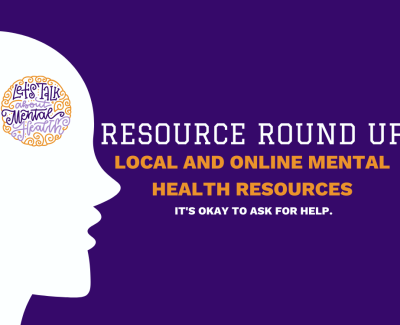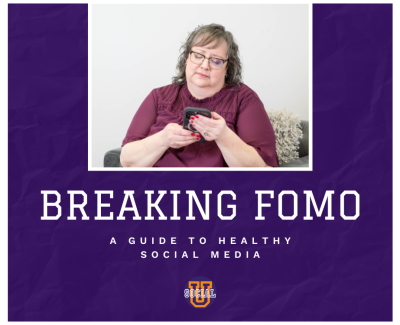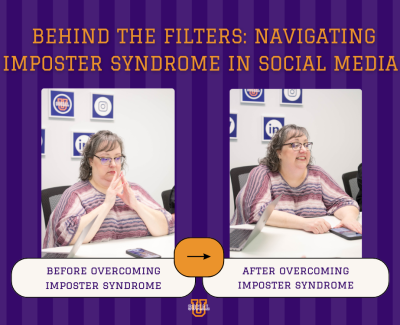
Spring is in the air, and with it comes the annual ritual of spring cleaning. While you’re busy decluttering your home, don’t forget to give your social media presence a fresh look too. One area that deserves special attention is your hashtag strategy. Hashtags are a crucial tool for increasing visibility and engagement on social media platforms. However, using them effectively requires a thoughtful approach. Here’s a comprehensive guide to spring cleaning your hashtag game across various platforms.
LinkedIn: As of February 2024, LinkedIn has moved away from relying heavily on hashtags. Their search engine has become so advanced that you no longer need hashtags to be found for specific phrases or keywords. Feel free to skip them altogether on this platform.

Instagram: This is where hashtags really matter. Failing to use at least one hashtag can lead to a 12% decrease in your post’s performance. Instagram suggests using 3-5 hashtags, but in our experience, that’s not enough. A sweet spot seems to be around 10-12 highly relevant, niche-specific hashtags. Broad, generic hashtags like #socialmedia won’t cut it anymore. Invest time in researching and selecting focused hashtags that align with your content and target audience.
Twitter: For those still active on Twitter, 1-2 hashtags are recommended. Like Instagram, each hashtag you use increases your visibility to users searching for that specific term.
Facebook: Most Facebook users find excessive hashtags annoying, especially on a platform with an older demographic. Limit yourself to 3 hashtags maximum, and consider skipping them altogether. Facebook’s algorithm has evolved to rely less on hashtags as user behavior shifts away from them.
YouTube: While hashtags can help improve your SEO ranking on YouTube, the real emphasis should be on using relevant keywords. You can include up to 15 hashtags in your title, description, and above the title, but 3-5 is plenty. Focus more on incorporating well-researched keywords associated with your video content.
Pinterest: For those still pinning on Pinterest, 2-6 hashtags are recommended. Going beyond that may cause Pinterest to flag your content as spammy, reducing its visibility.

TikTok: On this platform, hashtags are most effective when participating in specific challenges or trends. For regular content, 4-5 hashtags should suffice. Joining a viral hashtag challenge can significantly boost your view count.
Now that you know the ideal hashtag ranges for each platform, let’s talk about the types of hashtags you should be using:
- Community Hashtags: These broad hashtags connect you with audiences based on your product, service, industry, niche, location, or special events/seasons. Examples: #forensicit, #birminghamal, #tbt.
- Branded Hashtags: Unique to your company, these help users find all content associated with your brand. Examples: #karentatus, #staysocial.
- Campaign Hashtags: Specific to a sale, event, or marketing campaign you’re running. Examples: #springcleaning2024, #momentumconference2024.
So, how do you find the best hashtags? Start by observing what your audience, competitors, and industry leaders are using. Instagram and Twitter are great research tools – explore related hashtag suggestions and trending topics. There are also paid hashtag tools like Hashtagify, RiteTag, and MetriCool that provide in-depth analytics and suggestions tailored to your content. Also, don’t forget about AI assistants like ChatGPT and Google’s Gemini. You can ask them for top hashtag recommendations for your industry or specific use case.
As you research and finalize your hashtag lists for the quarter, remember to focus on relevance over quantity. A few well-chosen hashtags will serve you better than a lengthy list of irrelevant ones. Regularly revisiting and refreshing your hashtag strategy is key to staying visible and engaging your audience effectively.



0 Comments